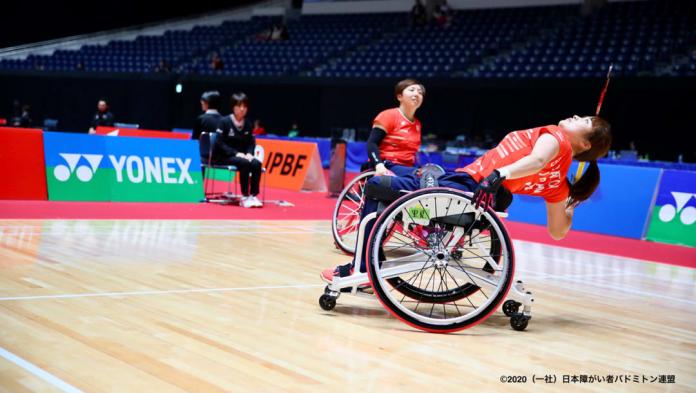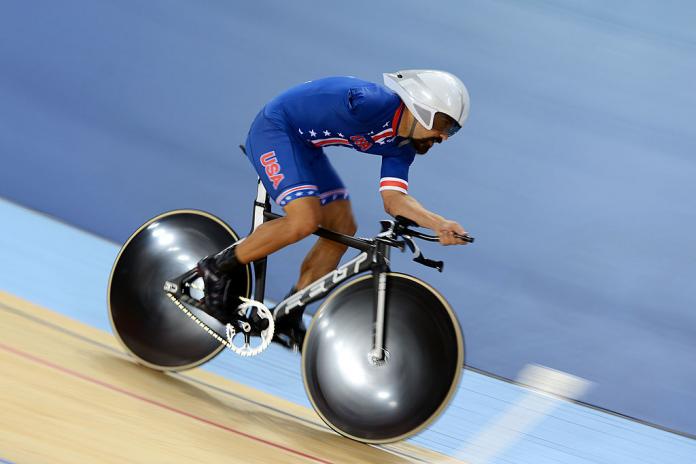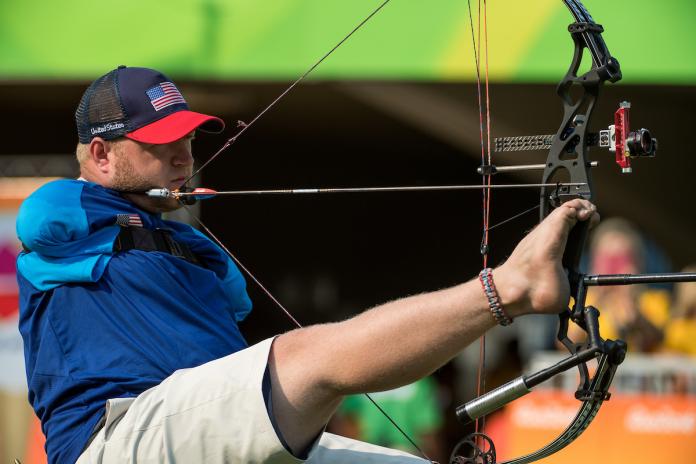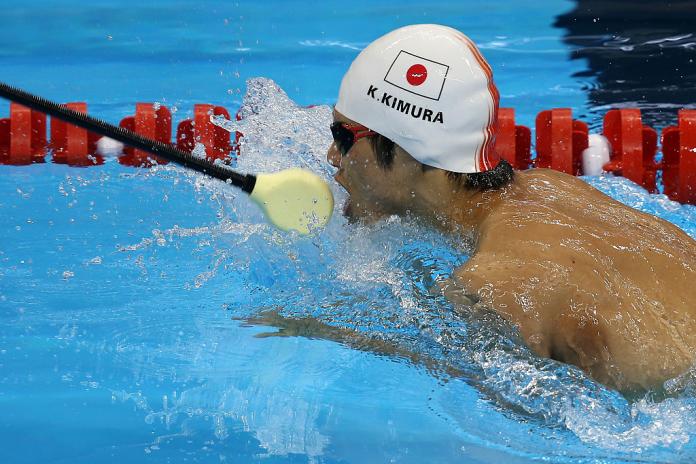Innovation is at the heart of the Tokyo 2020 Games, and particularly so for the Paralympics. Technological changes have had an impact on Para sports over the years and how they are played. It can be “low-tech” or highly advanced. Assistive technology has also become more specialised; with tailored equipment for individual athletes and uses. These are a few examples of how technology is used in Para sport.
BADMINTON CHAIRS
Para badminton debuts at Tokyo 2020, and it will be an exciting sport to watch. As with standing badminton, wheelchair athletes have to deliver long and short, fast and slow pulls and pushes as well as techniques for stopping and recovering. The wheelchairs have a backrest and extra caster wheels at the rear to allow players to move freely and twist or lean backwards without tipping over. It means they can return a smash and keep rallies going as they compete to drive home the winning shot.
CYCLING TRACK RACING BIKES
Cyclists can exceed speeds of 60 km/h on the track. At the Games standard racing bikes are used by Para cyclists, but they are allowed modifications. For athletes with an arm impairment, handlebars are modified depending on which hand has more mobility while athletes with leg amputations are allowed to fix their prosthesis to the pedal.
RELEASE BRACE IN ARCHERY
Assistive devices are allowed in archery, and among them is the release brace. It is placed at the back of the archer and hinged on to a brace and strapped on to the upper body. A manual trigger mechanism or other hinges are added to aid an archer to release the arrow.
RUNNING BLADES
Light, springy and compact, the prosthetics, or running blades, are used by amputee athletes to replace the calf and ankle. The J-shaped prosthetic is made of carbon fibre, a strong, lightweight material, and helps an athlete as they step forward, whether during a sprint, a vertical lift or a long jump.
WHEELCHAIR BASKETBALL CHAIR
The wheelchairs used in the sport are customised to the needs of the athletes and their classification. Athletes who have lesser mobility in their lower body will have “bucket seats” and higher backrests for stability. For athletes with more mobility, they may have another wheel at the back to allow them to lean back as far as they can to take their shots.
Chairs are also higher than racing wheelchairs (athletics) and have a bigger push rim (from 60-68cm in diameter). This means athletes need to have the power to manoeuevre and change directions quickly and also stop immediately. Wheelchair basketball chairs are also bent 20 degrees to the ground for easier manoeuvreability.
WHEELCHAIR RACING CHAIRS AND GLOVES
Racing wheelchairs are predominantly made from aluminum, but manufacturers are increasingly using carbon fibre technology to make it even lighter and more stable. Like other sports, wheelchair seats can be customised to an athlete’s body. The wheels on a racing wheelchair also have a 10-15 degree camber to add lateral stability when an athlete is going at speed.
Gloves that athletes use to push their chairs are important as they provide additional pedal power. These days 3D printing technology is used to make customised gloves for competitions.
WHEELCHAIR RUGBY CHAIRS
Wheelchair rugby chairs are built to withstand impacts and crashes. They are made out of aluminum metal or titanium and could either have a fifth or sixth wheel depending on the athlete’s impairment for greater stability and maneouvreability. For offensive chairs, they have aluminum metal ‘wings’ on the front wheel, and for defensive chairs, they have a hook on the front part of the chair to trap opponents.
With these innovations available at the Paralympic Games, athletes will be ready give the performance of their lives at the Paralympic Games, come Games-time.
TAPPING DEVICES IN SWIMMING
Swimmers with vision impairment have assistants called ‘tappers’ who use a ‘tapping device’ to notify the swimmers when to turn or when they are about to approach the wall. The device is usually a pole with a soft end piece long enough to be able to tap the swimmer on the head, shoulder or back. Whilst these devices can be homemade – a standard device still does not exist – they all need to be approved by the IPC before using.








More Stories
Mutual Fund Selection for Advanced Traders: Factor Tilts, Style Drift Detection, and Performance Persistence Analytics
How a SaaS Marketing Agency Can Accelerate Your Software Growth
Why AI Is the Key to Running an Organized Data Ecosystem